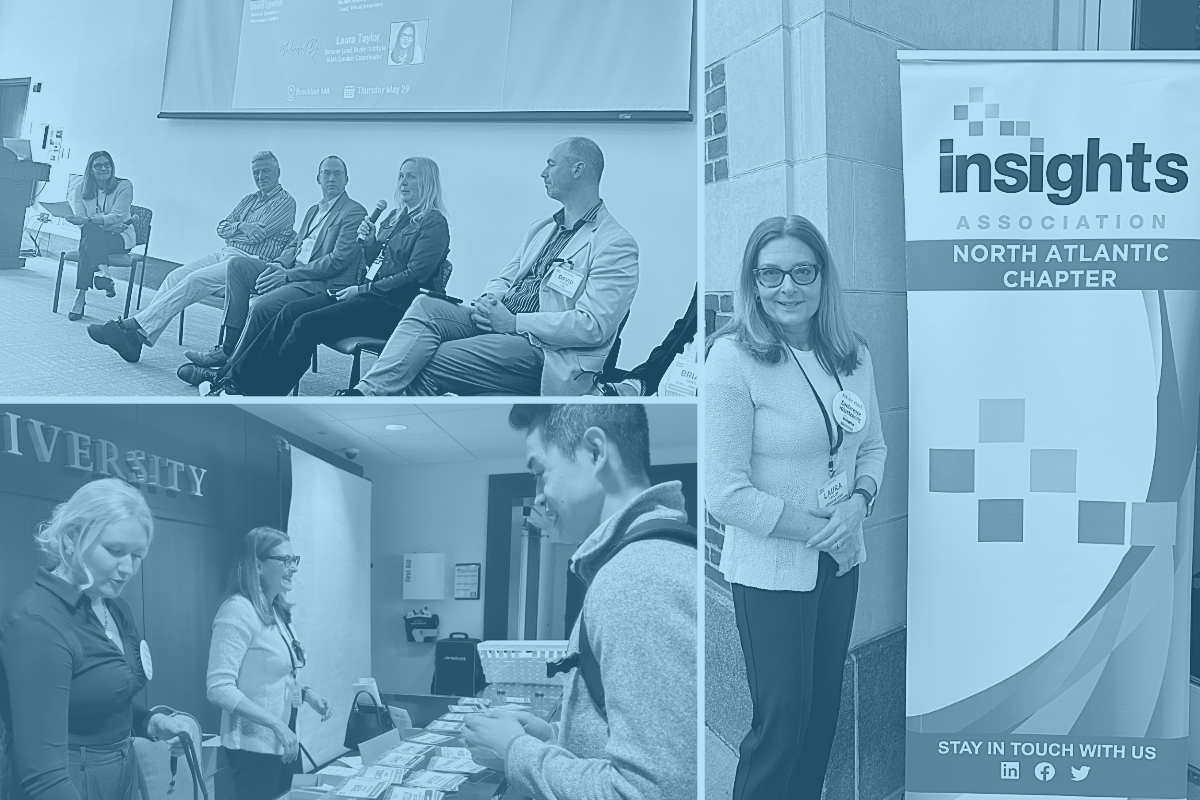
The Simplest Answer Can Often Be the Right One
by Scott Harvey
In 2010, Blockbuster filed for bankruptcy after a 25 year run in the movie rental business. There are a myriad of reasons to point to when discussing why. Disruptive innovation from competitors, an unwillingness to adapt, and internal corporate tension all certainly played a part in Blockbuster’s demise. But what else? Could Blockbuster have saved itself by engaging and adapting better to its customers’ need for convenience and ease? It’s impossible to know now, but it’s easy to argue yes. It feels like a common story – a company makes a decision that, unbeknownst to them, impacts a subset of customers (or employees, even) in a negative way. Sound familiar? Maybe you found some efficiency in your work and implemented it, without realizing that you were negatively impacting someone three steps down the process line. Or maybe someone did it to you.
So how do we keep all parties happy? The simplest answer is often the right one: ASK!
One of the most important, and often overlooked, components of collaboration is just getting the right parties in the room. This helps diversify brainpower ensuring better ideas, transparency, and alignment.
At its core, research is collaboration – marketing collaborates with researchers to identify questions that need answering and how best to answer them.
And it doesn’t stop there. The next, and most key, stakeholder in research still has to play a part: the respondent. The respondent is the linchpin of survey research, for they are the reason the research exists at all. And if the respondents are then so important, it only makes sense that we make sure the respondents are happy with the research process. Research falls flat if respondents aren’t engaged honestly in providing answers.
So how do we keep respondents happy? The simplest answer is still the right one: ASK!

Burke frequently conducts research on research. There are a multitude of reasons for this, not the least of which is making sure we are doing right by the lifeblood of survey research: the respondent. Respondents are not just data points in a puzzle to find the next great ad campaign; they are people. And people want to feel like their time is well-spent and respected. With some of our more recent forays into “meta-research,” Burke has set its eyes on respondent intentions and expectations when taking research surveys.
Unsurprisingly, the people we ask to give their opinions on advertising and their favorite products also have opinions on those of us asking for their time. More often than not, the feedback from our R&D was favorable – 76% of respondents feel they are adequately allowed to express their opinions and nearly 78% enjoy taking surveys. But respondents still need consideration to keep it so.
So how do we keep respondents happy? The simplest answer is, yet again, the right one: ASK!
The easiest way to make life easy for someone is to meet them where they are.
The quickest way to any person’s heart is to make life easier for them and the easiest way to do that is to meet them where they are. In our case, respondents are typically met in survey. Surveys can be taken in a number of ways; traditionally via laptop, PC, tablet or phone. Different respondents engage in surveys in different ways, so a device-agnostic instrument is a surefire way to ensure total representation. While respondents in Burke’s Device R&D owned an average of 2.1 screened devices (such as a laptop), they only used an average of 1.4 for taking research, so not all survey-taking devices were created equal. Among the 70% of our respondents that were single-device survey takers, 62% of them claim to use a laptop/PC, which means that 43% of our respondents still need a survey whose design is considering a large screen despite all the movement towards mobile.
…43% of our respondents still need a survey whose design is considering a large screen despite all the movement towards mobile.
Almost half (43%) of respondents cite compensation as their primary motivator when choosing to take a survey. After that, survey length is the most important (21%). Therefore, we must consider a respondent’s time and money when asking them to give us their opinion. The challenge then is knowing how much compensation is enough and how long is too long. This is a much more difficult question to answer, but as researchers, we have an obligation to seek the truth.
Join me on the researcher’s journey to collaborate with respondents – you can reach me at scott.harvey@burke.com to chat more about how we can create great research through satisfied respondents.
All statistics and research presented in this article is from Burke-conducted Device and Habits R&D conducted in August 2018 among Burke’s vetted panel partners. For more information on this research, please contact Scott Harvey.

As a Consultant in Burke’s Sampling Department, Scott Harvey collaborates with a network of online panel providers to help find solutions to clients’ data collection needs. He is passionate about keeping up-to-date on developing trends in the data collection industry, as well as researching their potential fits in Burke’s sample portfolio. .
As always, you can follow Burke, Inc. on our LinkedIn, Twitter, Facebook and Instagram pages.
Source: Feature Image – ©damircudic – istockphoto.com








